Learn the fundamentals of Bayesian modeling using state-of-the-art Python libraries, such as PyMC, ArviZ, Bambi, and more, guided by an experienced Bayesian modeler who contributes to these libraries
Key Features
– Conduct Bayesian data analysis with step-by-step guidance
– Gain insight into a modern, practical, and computational approach to Bayesian statistical modeling
– Enhance your learning with best practices through sample problems and practice exercises
– Purchase of the print or Kindle book includes a free PDF eBook.
Book Description
The third edition of Bayesian Analysis with Python serves as an introduction to the main concepts of applied Bayesian modeling using PyMC, a state-of-the-art probabilistic programming library, and other libraries that support and facilitate modeling like ArviZ, for exploratory analysis of Bayesian models; Bambi, for flexible and easy hierarchical linear modeling; PreliZ, for prior elicitation; PyMC-BART, for flexible non-parametric regression; and Kulprit, for variable selection.
In this updated edition, a brief and conceptual introduction to probability theory enhances your learning journey by introducing new topics like Bayesian additive regression trees (BART), featuring updated examples. Refined explanations, informed by feedback and experience from previous editions, underscore the book’s emphasis on Bayesian statistics. You will explore various models, including hierarchical models, generalized linear models for regression and classification, mixture models, Gaussian processes, and BART, using synthetic and real datasets.
By the end of this book, you will possess a functional understanding of probabilistic modeling, enabling you to design and implement Bayesian models for your data science challenges. You’ll be well-prepared to delve into more advanced material or specialized statistical modeling if the need arises.
What you will learn
– Build probabilistic models using PyMC and Bambi
– Analyze and interpret probabilistic models with ArviZ
– Acquire the skills to sanity-check models and modify them if necessary
– Build better models with prior and posterior predictive checks
– Learn the advantages and caveats of hierarchical models
– Compare models and choose between alternative ones
– Interpret results and apply your knowledge to real-world problems
– Explore common models from a unified probabilistic perspective
– Apply the Bayesian framework’s flexibility for probabilistic thinking
Who this book is for
If you are a student, data scientist, researcher, or developer looking to get started with Bayesian data analysis and probabilistic programming, this book is for you. The book is introductory, so no previous statistical knowledge is required, although some experience in using Python and scientific libraries like NumPy is expected.
Table of Contents
– Thinking Probabilistically
– Programming Probabilistically
– Hierarchical Models
– Modeling with Lines
– Comparing Models
– Modeling with Bambi
– Mixture Models
– Gaussian Processes
– Bayesian Additive Regression Trees
– Inference Engines
– Where to Go Next


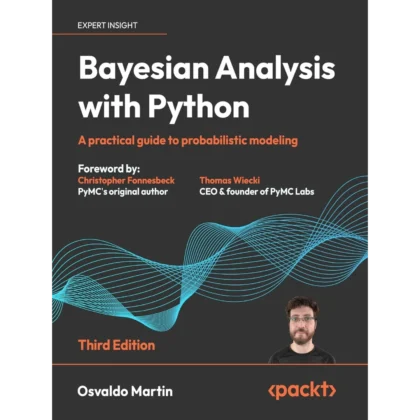




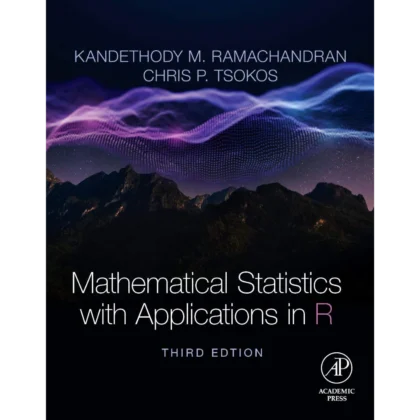
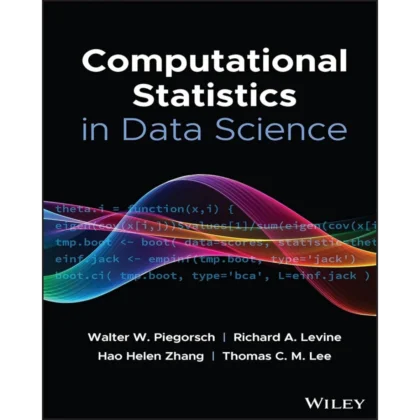
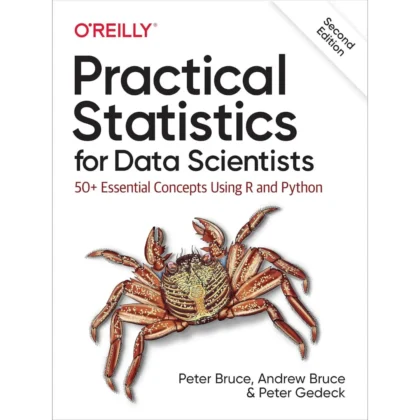
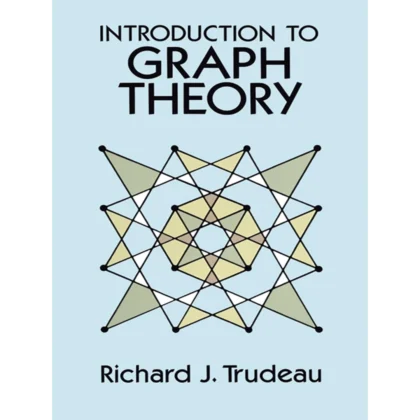
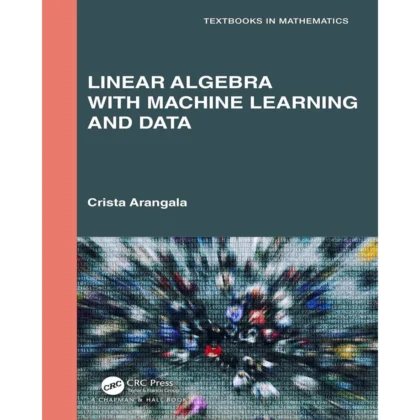
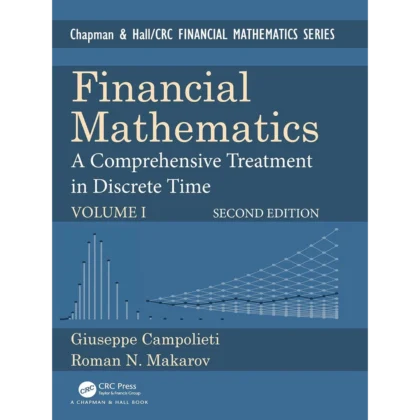
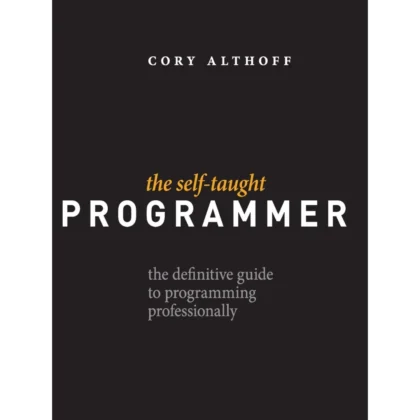


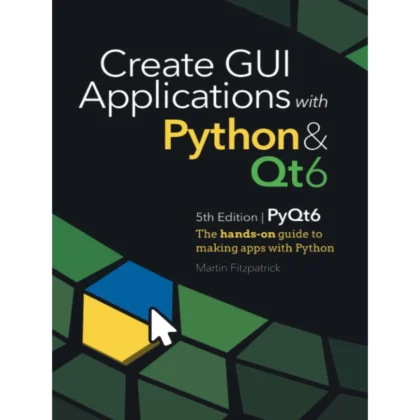








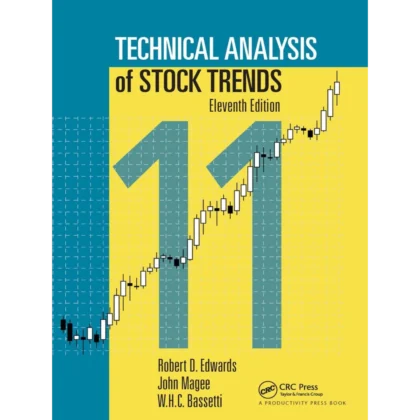
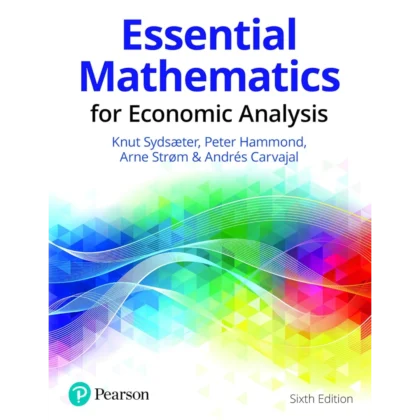
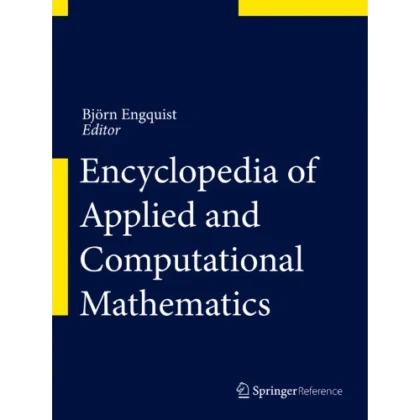
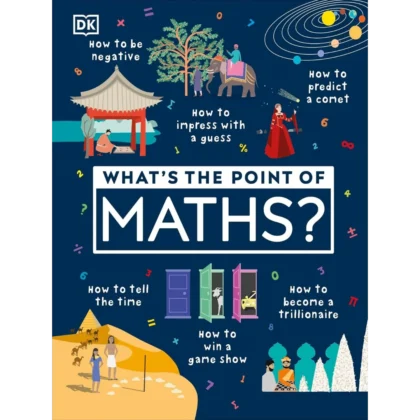
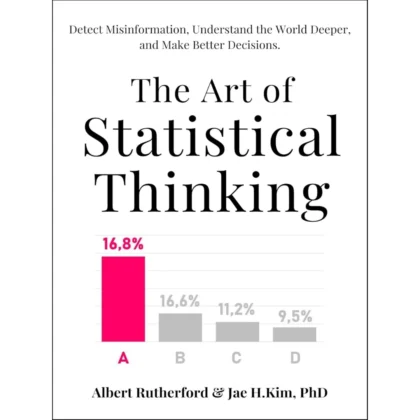
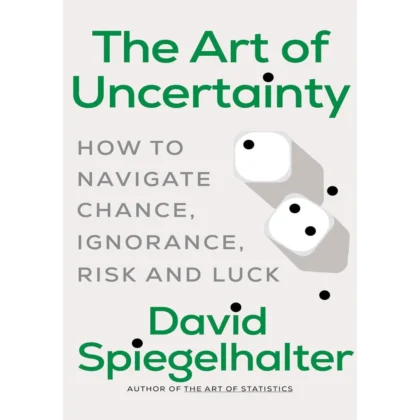
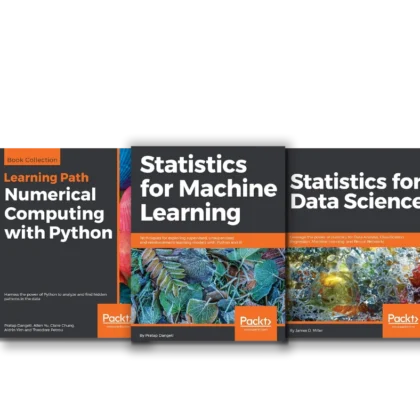

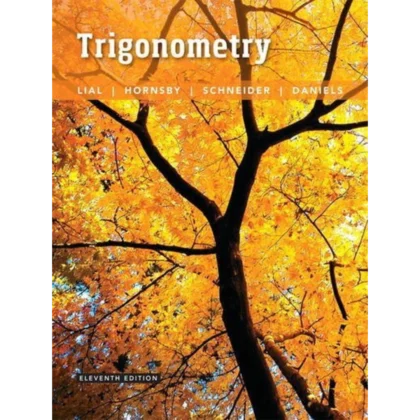





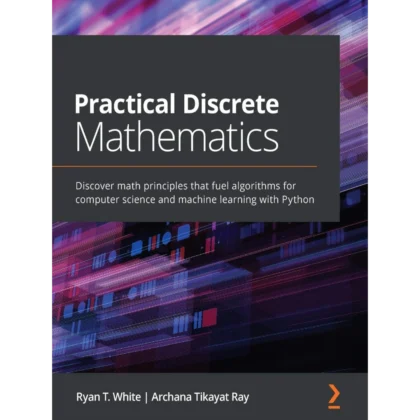
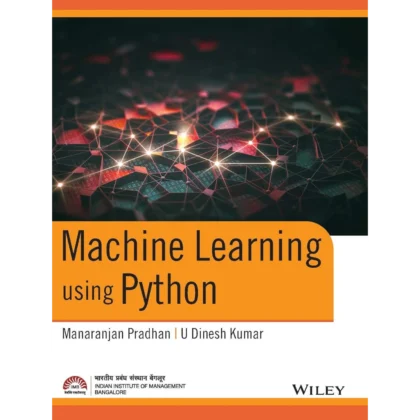
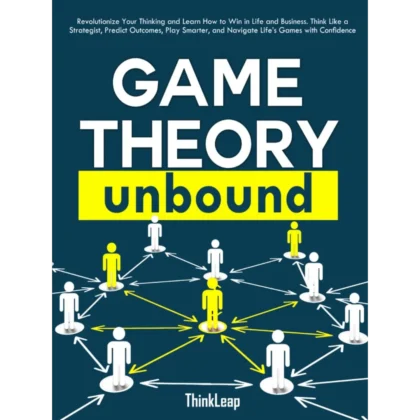
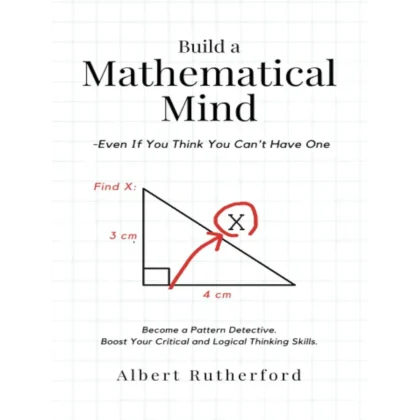


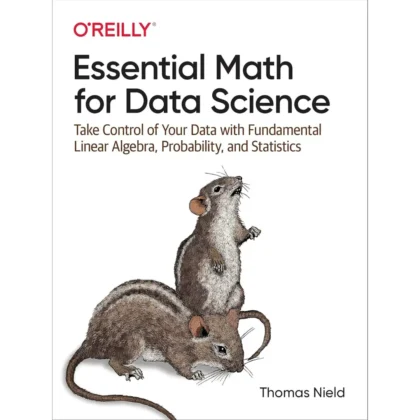


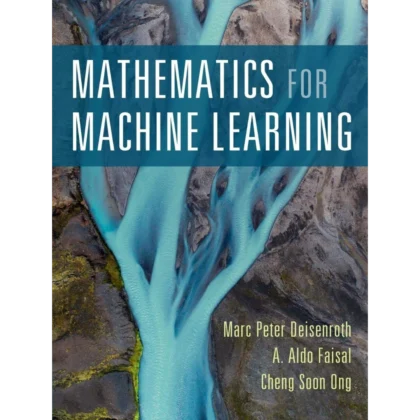

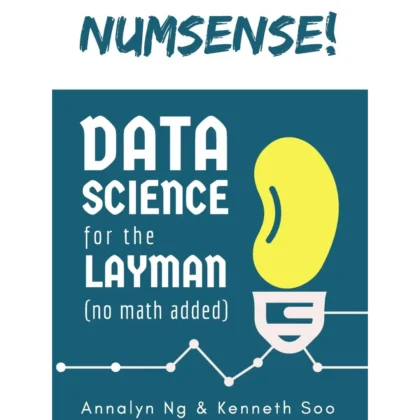
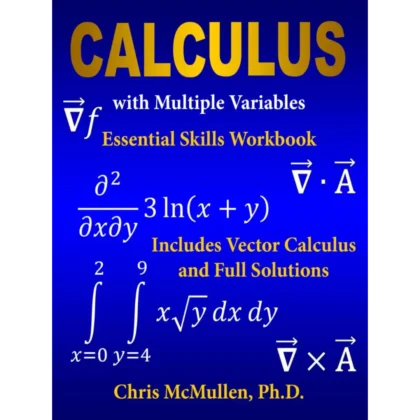

Matt –
Excellent introduction to Bayesian analysis using Python! You can think of this book as a succinct user’s guide for people who want to apply Bayesian analysis in their own projects. Updated code included in the book leverage recent versions of PyMC, Bambi and Arviz that have changed quite extensively since the second edition of the book.
I have no hesitation in recommending this book. Osvaldo is a well-respected leader in the PyMC community and this book benefits from improvements based on feedback from the previous two editions.
The price of this book has reduced quite a lot since I purchased it so if you are reading this while the price is around A$70 then don’t hesitate because it is a bargain at that price. It easily compares with Bayes Rules! that provides an introduction to Bayesian methods using R.
hawkinflight –
This is an awesome book. The author has worked on structural bioinformatics of biomolecules and has used MCMC methods to simulate molecular systems. This is right up my alley. He is a long-time core PyMC developer. He states in the last chapter that he hopes that he has provided a “sane, skeptical perspective regarding statistical models, some useful examples, and enough momentum for you to keep learning”. I like that he mentioned that when first studying statistics, he didn’t like the approach, the way it was taught with formulas, without much or any explanation of where they’re coming from. I can relate.
I was recently asked about doing Bayesian analysis, which is mostly new to me, so I wanted to find something to get started. This book fits the bill! The first chapter covering the foundational ideas is really nice. It very simply described the Bayesian approach.
I am just getting into the second chapter which adds a computational perspective while introducing the Python libraries PyMC for probabilistic programming and arviZ for exploratory analysis of Bayesian models.
I see that the next 8 chapters focus on the modeling – hierarchical models, linear models, comparing models, generalized linear models and the Bambi library, mixture models, Gaussian processes, Bayesian additive regression trees (BART), approximating the posterior, and tests for assessing the reliability of the posterior. It’s helpful that these chapters end with exercises. I am glad to see Gaussian processes in there, I definitely want to read about that, but the whole collection looks good. I look forward to looking at all of it.
Finally, there is a short last chapter which addresses – where to go next, which identifies a number of useful resources. That’s always helpful.
I am glad the author wrote this book.
Saksham –
I really like the flow of the book and how it teaches from very basic levels of probability to statistical concepts and then Bayesian analysis. Its analogy and code helps cement mysterious concepts of Bayesian analysis. Also, I really find it useful for my machine learning applications.
Steven Fernandes –
The third edition of Bayesian Analysis with Python is an updated guide to applied Bayesian modeling, leveraging the PyMC library and tools like ArviZ, Bambi, PreliZ, PyMC-BART, and Kulprit for comprehensive probabilistic programming. This edition introduces readers to probability theory and advanced topics like Bayesian additive regression trees (BART), with improved explanations and examples based on feedback from previous editions. Covering a range of models applied to synthetic and real datasets, it equips readers with the skills to design and implement Bayesian models for data science challenges. Ideal for those new to Bayesian analysis or looking to deepen their understanding, this book offers a solid foundation in Bayesian modeling with Python.
Thomas M. –
The 3rd edition of Bayesian Analysis with Python is a major step up compared to previous editions and IMHO is a must read for any practicing data scientist looking to apply the latest advancements in probabilistic modeling. For anyone familiar with the PyMC community, Osvaldo Martin is a well respected advocate and developer of the framework. He not only advances the field in making PyMC more useful, but also possesses a gift for pedagogy. This book is a comprehensive and accessible guide to Bayesian methods and probabilistic programming with Python. The book is well-written and engaging, and it covers a wide range of topics, from the basics of Bayesian statistics to advanced topics such as Markov Chain Monte Carlo sampling and Bayesian model selection. Martin does an excellent job of explaining complex concepts in a clear and concise manner, and he provides plenty of real-world examples to illustrate the practical application of Bayesian methods.
One of the things that I appreciate most about this book is the way that Martin emphasizes the practical aspects of Bayesian modeling. He discusses how to develop and evaluate Bayesian models, and he provides a wealth of tips and tricks for working with PyMC. The book includes an extensive collection of exercises, which are a great way for readers to test their understanding of the material.
Another strength of the book is its coverage of the latest advances in the field. Martin discusses new developments in MCMC sampling, Bayesian model selection, and other areas. In particular, we see the traditional stats and ML worlds converging, which Martin captures in his discussion of Bayesian Additive Regression Trees and related topics. This makes the book a valuable reference for practitioners who are interested in staying up-to-date on the latest developments in the field.
Overall, Bayesian Analysis with Python is an excellent read for anyone who wants to learn about probabilistic programming. The book is well-written, engaging, and comprehensive, and it covers a wide range of topics, from the basics of Bayesian statistics to advanced topics. I highly recommend this book to anyone who is interested in learning more about Bayesian methods and probabilistic programming.
Heena Chouhan –
“Bayesian Analysis with Python” is a book that presents a modern and practical approach for mastering Bayesian statistical modeling using PyMC and other essential libraries. The book offers step-by-step guidance, including various concepts such as Bayesian additive regression trees (BART), and updated examples for enhanced understanding. It provides readers with a comprehensive understanding of probabilistic modeling, covering hierarchical models, generalized linear models, and Gaussian processes. This book offers practical insights for real-world applications, and it is a must-read for both novice and experienced practitioners.
Matthew Emerick –
This text is written for the intermediate Python developer with no experience in Bayesian Analysis. It starts at the beginning and gives the reader the foundation needed to start using these methods. The reader will learn to use multiple methods on top of an understanding of when to use them over others. The final instructive chapter covers the advanced topic of creating an inference engine.
The book is well organized and easy to follow. I highly recommend this for developers of all kinds.
Gianpaolo Galli –
You know those foggy days where everything is confused? It seems that everything is the same. Then, one fine day, the wind comes and everything becomes clearer. The book “
Bayesian Analysis with Python – Third Edition: A practical guide to probabilistic modeling” by Osvaldo Martin is this breath of clarity.
The idea of putting only the essential Python code in the book and sending the complete code back to github is also very nice. Everything is much clearer and brighter. Thank you Osvaldo.
Banachan –
This is a great practical guide to probabilistic modeling using Python, especially for those interested in or working with Bayesian data analysis. It covers a broad range of topics, from basic concepts to more advanced modeling techniques, so I can see it being an invaluable resource to both practitioners and students.
The book provides a thorough exploration, specifically on addressing Bayesian analysis techniques. It’s quite an enjoyable and comprehensive guide for both beginners and advanced practitioners. Good emphasis on fundamentals, then transitions to more complex concepts and application. I thought it provided a good balance between theory and practical skills.
Summary of pros are that it encourages hands-on learning, with wide coverage on the subject. Doesn’t hurt that it’s an updated edition with up-to-date approaches. Some of the cons are that it might be complex in some sections for pure beginners. Code examples are mostly in Python (so I guess this could be a con or pro depending on how look at it).
I still like that it has a lot of examples, code snippets, and real-world scenarios included, with good explanations. Covers model construction, prior selection, model comparison, to predictive analysis. I surmise that this allows for a variety of learning needs for most folks. Author style is both authoritative and accessible. I would recommend this book for academia, professional development, or just for personal interest in data science.
Holly –
This book emerges as a great guide for Python learners transitioning from Frequentist methodologies to the Bayesian paradigm. Given the dominance of sophisticated Bayesian analysis packages in R CRAN, discovering Python’s equivalents—or even better alternatives—is both enlightening and exhilarating. Through well-chosen examples, the author demystifies the landscape of Python libraries for Bayesian analysis, making it an invaluable resource for enthusiasts eager to explore this statistical frontier.
For beginners, the journey starts with foundational instructions on installations, smoothly progressing to a comprehensive exploration of probabilistic statistics, the principles of Bayes’ Theorem, and the core components of Bayesian models, including priors, likelihoods, and posteriors. The narrative then delves into practical applications through a variety of case studies covering linear models, hierarchical models, strategies for variable and model selection, GLMM-type mixture models, and culminates in the intricacies of Gaussian processes, BART (mostly for causal inference and categorical data modeling), and MCMC. The book’s structured approach ensures an accessible learning curve, making it the perfect starting point for newcomers.
Advanced users, particularly those well-versed in Bayesian statistics within the R ecosystem, will find refreshing perspectives and innovative solutions in Python. The chapters are designed for selective reading, allowing for direct engagement with specific packages or modeling techniques. The abundance of practical examples provides a hands-on experience that is both engaging and instructional. However, a word of caution: diving straight into coding without a firm grasp of the statistical underpinnings may lead to oversights in Bayesian stat. The book emphasizes the importance of understanding the mathematical foundations, underscoring that statistical modeling demands a deeper engagement than the simplistic one-line codes (oh ML). Embrace the math—it truly matters!
Smit –
“Bayesian Analysis with Python” by Osvaldo Martin offers a thorough and practical exploration of Bayesian statistics using Python. Martin’s clear explanations and hands-on approach make complex concepts accessible to readers of all levels. The book covers probability theory, Bayesian inference, MCMC methods, and more, with ample code examples using PyMC3 and ArviZ. From hierarchical modeling to Bayesian machine learning, it equips readers with the tools to apply Bayesian analysis in diverse domains. Whether a novice or experienced practitioner, this book serves as an invaluable resource for mastering Bayesian techniques in Python, making it a must-have addition to any data scientist’s library.
Deepan Prabhu Babu –
Bayesian Analysis with Python – by Osvaldo Martin
The books starts by introducing Statistical Modelling, Probabilites, Bayes and Inference. I like the way author introduces the Mental models, but still makes this book entirely practical and hands-on.
Making Readers
– to think probabilistically,
– to program them,
– building hierarchial models,
– modelling using regresion,
are purely joyful !
Advanced topics including gaussian, inference engines are very interesting deep topics and make sure the reader has a practical toolset to apply to real life situations.
I am sure – I would feel more confident with Bayesian analysis after completing this book.
Ashley McFarland –
Osvaldo Martin’s book is an excellent guide through the Bayesian method. Coding is a critical aspect of statistical study in the modern age, and Martin’s explanations and codes are clearly noted, with helpful notes that add an extra touch of clarity. The visuals are simple and plentiful, and the instructions consistent. I highly recommend this book for anyone looking to expand their modeling knowledge.
Roberto Williams Batista –
The book “Bayesian Analysis with Python” excels at covering a foundational subject in the field of machine learning. It strikes a perfect balance by providing sufficient theory for readers to grasp the essential concepts, enabling them to explore further in-depth. Osvaldo’s illustrations, mathematical references, citations, and exercises are particularly commendable, as such thoroughness is often rare in technical publications.
One chapter is entirely dedicated to explaining BART (Bayesian Additive Regression Trees) in detail, showcasing its great potential applications. This updated material is highly beneficial for academic use.
RP –
If you had to buy just one book on Bayesian analysis, this is the one to get. It takes a lot of skill to write a concise, readable book on such a complicated topic.